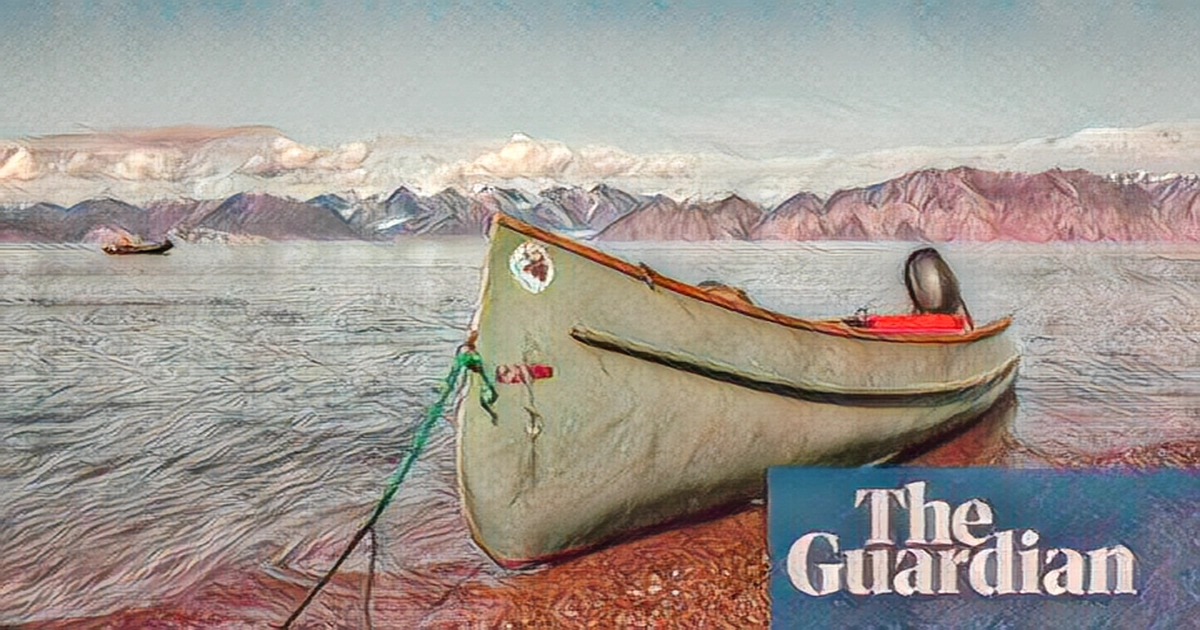
For centuries, narwhals and ringed seals have provided food for Inuit communities on the ice floes of Mittimatalik, or Pond Inlet, on northern Canada's Baffin Island. The Inuits who have hunted, trapped and fished in the region since long before the Hudson Bay Company opened its first Arctic trading camp here in 1921 say they no longer find the narwhals where they should be. They say shipping noise is to blame.
The passing of a single icebreaker, increasingly present in the Arctic, has been likened by researchers to an underwater rock concert. From propellers to hull form to onboard machinery, ship noise can be caused by everything. It can disrupt the activities that marine mammals need to survive, by shrinking their communication space, causing stress and displacing them from important habitats.
The Arctic sea has doubled in intensity over the past six years, and is expected to double again over the next decade, as the ice melts and new shipping routes open due to the climate crisis.
The Inuit community on Mittimatalik has seen an increase in shipping and shipping noise, and harvesters are not seeing narwhals in their usual spots, according to Lisa Koperqualuk, president of the Inuit Circumpolar Council ICC. It has to go further away to hunt them, which carries risks, costs more fuel and affects the transfer of cultural knowledge. This week, the International Maritime Organization IMO has urged the UN to adopt mandatory measures to reduce underwater shipping noise, which they fear is affecting marine mammals, a body representing 180,000 Inuit in Alaska, Canada, Greenland and Chukotka in Russia.
The Inuit depend on shipping for essential goods and services, but they want to make sure that ships have a low impact on the Arctic environment, which is sensitive to underwater noise and other pollution, according to Koperqualuk.
The Bowhead whales, belugas, ringed seals and narwhals are the main marine mammals that we depend on and Inuit harvesters harvest every year, said Koperqualuk. If the Inuit hunt is impacted, the transfer of knowledge is also impacted. There is less opportunity for the younger generation to learn. According to the Arctic CouncilArctic Council, an international forum of the eight Arctic countries and six Arctic indigenous groups, underwater ship noise is known to affect some species of whale, including narwhals and belugas, as well as fish such as Arctic cod.
In 2014, the IMO approved guidelines for reducing underwater noise from commercial shipping, and this week it is discussing whether to revise them at a London meeting on ship design. The Inuit body wants mandatory guidelines, while Canada proposes a working group to look at noise.
The committee is responsible for incorporating indigenous knowledge into its work, enabling Inuit and Indigenous communities to engage in the process as well as exploring ways to increase uptake of the guidelines.
There has not been much progress on underwater shipping noise reduction because of the voluntary nature of the guidelines. A study by Transport Canada, the Chamber of Shipping of America and WWF Canada found that a key barrier limiting uptake of the guidelines was their non-binding, non-regulatory nature.
The double of underwater shipping noise is disproportionately affecting the Arctic and Norwegian oceans, as it continues to double every decade.
Sarah Bobbe, Arctic program manager at Ocean Conservancy, urged the IMO to act. She said that more stringent regional measures to reduce acoustic pollution from vessels in areas such as the Arctic will be necessary in addition to global measures.
She said that the Arctic is a special case because of the way sound propagates over long distances, how it can affect marine life and the resulting effect on Inuit communities.
